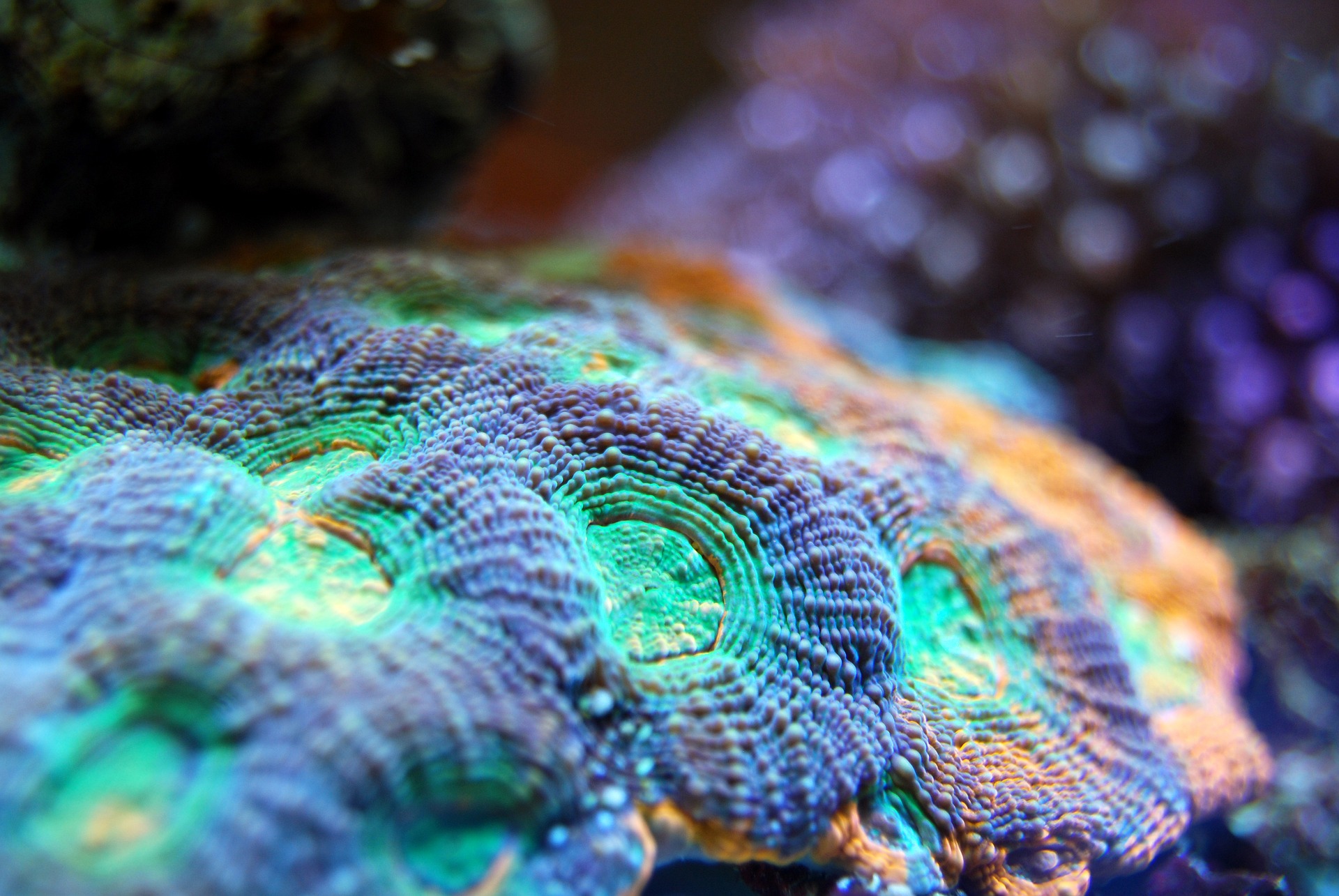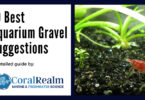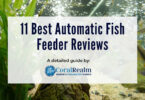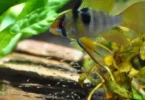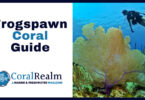Last Updated on February 10, 2023 by Matt
When researching corals online, you will find two main types of coral; soft and hard coral. Hard coral is split into two categories; SPS, and LPS coral. These are broad categories that are used to easily group species of coral together, not taxonomically or scientifically, but by appearance.
SPS stands for small polyp stony, and LPS stands for large polyp stony. As you can probably guess, the main difference lies in the size of the individual polyps.
In this article we will aim to provide you with all the information you need about LPS coral, and how to successfully keep it in your home aquarium.
IN THIS ARTICLE
Difference Between Soft, SPS, and LPS Coral
Soft corals are corals which don’t have an exoskeleton, or at least not a large and extensive one. Instead they have small supporting structures which they make from calcium carbonate. However the gorgonian corals are counted as soft corals and do create extensive hard skeletons, though hugely different to “true corals”. Soft corals have fleshy polyps and are normally soft to the touch, hence the name. Each polyp has 8 tentacles, so they exhibit 8-fold symmetry. Soft corals do not produce coral reefs. A very common soft coral seen in the aquarium trade is Pulsing Xenia.
SPS and LPS corals are very similar; they are both hard corals and produce a calcium carbonate exoskeleton in the form of calcite or aragonite. Hard corals are reef-formers; their hard skeletons remain after they die, and then act as the foundation for further coral colonies. As more hard corals grow on these foundations the reef itself expands.
The reason that hard corals have been loosely grouped into SPS and LPS categories is because the care requirements are similar in corals with similarly sized polyps.
The main difference between SPS and LPS coral is the size of the polyp. Not surprising seeing as the abbreviations stand for small polyp stony and large polyp stony. Both SPS and LPS coral polyps have 6 tentacles, and therefore exhibit 6-fold symmetry. SPS corals have polyps which measure a few millimetres or less, and LPS corals have polyps which are much larger.
In general, it is much easier to keep and care for LPS coral than it is to care for SPS coral. They require lower water quality and lower lighting to be healthy, and can also feed on larger more meaty food.
What Makes LPS Corals Easier to Keep
LPS coral species are found naturally lower on the coral reef than SPS corals. Therefore they require less intense lighting than SPS corals need. This can help save money, as you won’t need as expensive or specialist LED lighting.
While all corals are invertebrates and feed and prey on small organisms in their own right, they also have a symbiotic relationship with zooxanthellae algae. Zooxanthellae photosynthesize and provide the coral with nutrients from this process. SPS corals rely more heavily on the energy gained from the zooxanthellae than LPS corals. Therefore LPS coral can thrive under lesser lighting conditions than their SPS coral counterparts.
Another reason for this is the larger polyp size. By having larger polyps, LPS corals can capture larger organisms. This enables them to be able to feed on a greater range of animals and be able to gain more energy.
LPS Coral Care
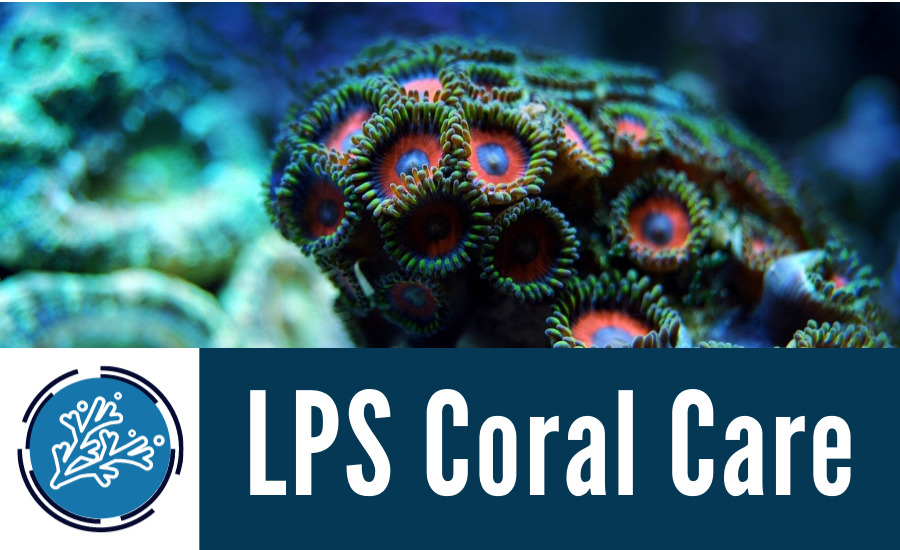
In this section we will give a brief overview on how to successfully keep your LPS corals healthy in the home reef aquarium.
Lighting
While LPS corals can thrive under less intense lighting than SPS coral, they do still need to be given adequate lighting. A good reef specific LED light is the best bet; these systems emit the perfect spectrum of light to maximize photosynthesis in the symbiotic zooxanthellae that are found in the corals tissues.
Not only will a reef specific LED light enable the coral to maximize their growth, they will also give your reef tank a natural aesthetic and get the best from your fish as well.
Feeding
Corals not only need adequate lighting to promote photosynthesis in their zooxanthellae, they also need to be fed themselves.
Each polyp is an individual animal which has six tentacles. These tentacles are extended to catch passing food items. Prey items are often small planktonic animals such as , rotifers, and brine shrimp. These small planktonic animals are known as zooplankton. A product such as Seachem Reef Zooplankton can also be used to feed LPS corals.
They are easy to hatch at home, simply purchase eggs online and place them into water in a small spare tank or bucket. Once hatched and a sufficient size they can be fed to your coral. Using a pipette such as the one below you can spot feed your LPS coral. Suction up the zooplankton, then slowly release them over the coral polyps. Coral with large polyps can also be fed larger food items, such as shrimp, krill, and cut up squid and fish. Using the tongs below to feed the coral is fascinating and fun!
Corals naturally feed at night. They withdraw their tentacles during the day and extend them at night to capture food. However they are animals, and can be trained to feed on your schedule.
Water Parameters
LPS coral are found on tropical coral reefs, therefore they need this environment to be emulated as closely as possible to thrive. Water quality is paramount, so installing the best protein skimmer available is paramount. Using distilled or RODI water for water changes is highly recommended over treated tap water.
Generic water conditions on the average reef are a temperature range of 72-78 degrees Fahrenheit, a pH range of 8.1-8.4, a carbonate hardness of 8-12 dKH, a specific gravity of 1.020-1.025, a calcium concentration of 425ppm, and a magnesium concentration of 1300-1500ppm.
While certain areas of the world differ slightly in these conditions, most corals should happily grow under these conditions. A good testing kit should be used regularly to maintain these conditions.
Phosphate concentration should be monitored, as even low levels of phosphate in a reef tank can inhibit coral’s ability to uptake calcium carbonate, which they use to create their exoskeleton. If phosphate is found, use a phosphate remover urgently.
Ammonia and nitrite concentrations should be kept to undetectable levels as well, while nitrate should be kept to 0.25 ppm or less.
Properly Positioning LPS Coral
A downside of having LPS coral in a fish tank is that they are naturally more aggressive than SPS coral.
It is easy to think of coral as almost a decoration to put into the tank, but the fact is that they are animals, and will fight aggressively over space. Different species of coral will sting each other and some will release chemicals in an attempt to kill the other. They can even eat one another. A coral reef is a battleground; not only are fish fighting for territory and survival, coral is too!
To avoid these issues in the home aquarium, different LPS coral species should be distanced from each other appropriately. Long sweeper tentacles are used to sting neighboring corals, so plenty of distance is advised.
As LPS corals prefer less light and water flow than SPS corals, they should be placed lower in the aquarium. However this is just a guideline, in reality each individual tank setup will have different places more and less appropriate for LPS coral placement. The video below is a handy guide!
Examples of LPS Corals for Reef Tanks
In this section we will list some examples of brilliant LPS corals to give you some ideas of how you could stock your reef aquarium.
Acan Coral: Acan Corals are some of the most commonly kept LPS coral species. They are very brightly colored and have very large polyps, making them highly prized by many aquarists. Also known as Acan Lords and Aussie Lords. They contain 3 species in the Acanthastrea genus, and the species Micromussa lordhowensis.
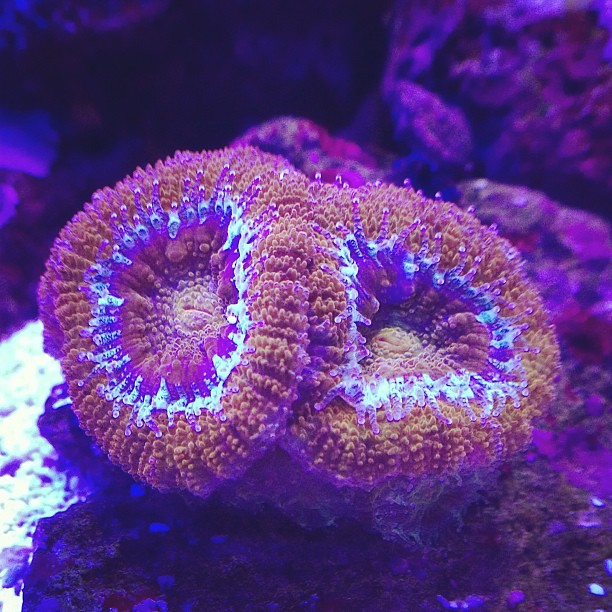
Photo Credit: Aaron Gustafson (Flickr)
Hammer Coral: Hammer Coral is the common name for the species Euphyllia ancora. It is also known as Anchor Coral. The names are derived from the uniquely hammer or anchor shaped polyps. The beautiful and flowing polyps will look amazing in any reef tank setup.
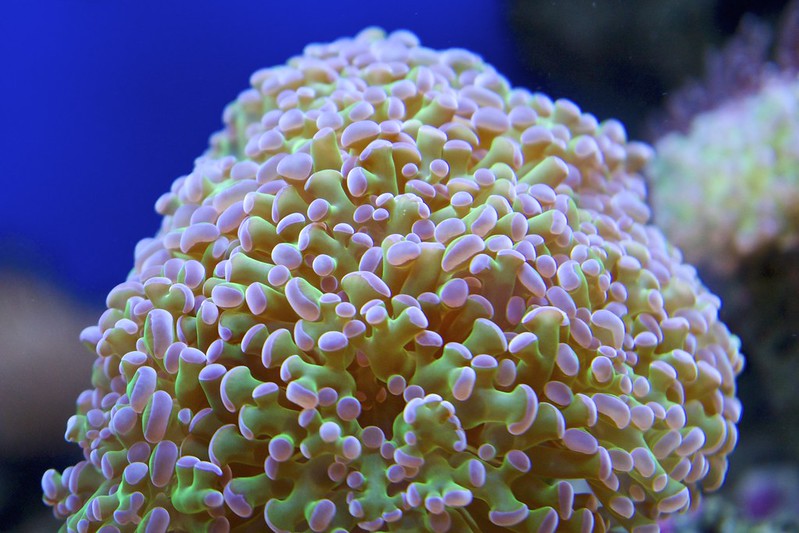
Photo Credit: David Davies (Flickr)
Candy Cane Coral: Often also called the Trumpet Coral, Caulastrea furcata is a great species of large polyp stony coral for the aquarium. The polyps are large and are green, red, or tan in coloration. Very easy to keep it is a perfect coral for beginners.
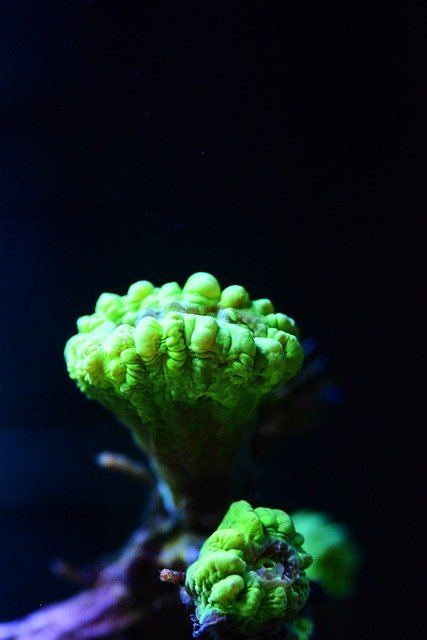
Bubble Coral: The Bubble Coral, Plerogyra sinuosa, is a fascinating coral to have in a reef fish tank. It has expandable tentacles which look like bubbles, hence the common name. The bubbles contain the zooxanthellae, and the size of the bubbles are associated with depth; larger bubbles are present at greater depth and in lower lighting.
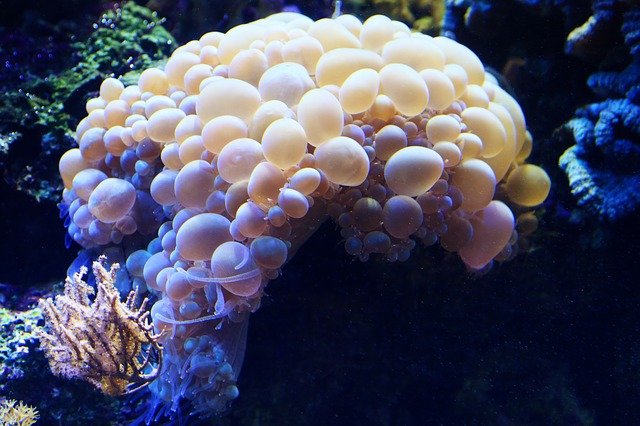
Conclusion
Hopefully this guide to LPS coral has been informative and given you all the information you need to get started with keeping large polyp stony coral in your reef tank.
LPS corals are very hardy and are perfect for making a tropical saltwater tank a thriving reef environment. With bold colorations and fascinating ways of feeding, having these corals in your tank is a no brainer!

